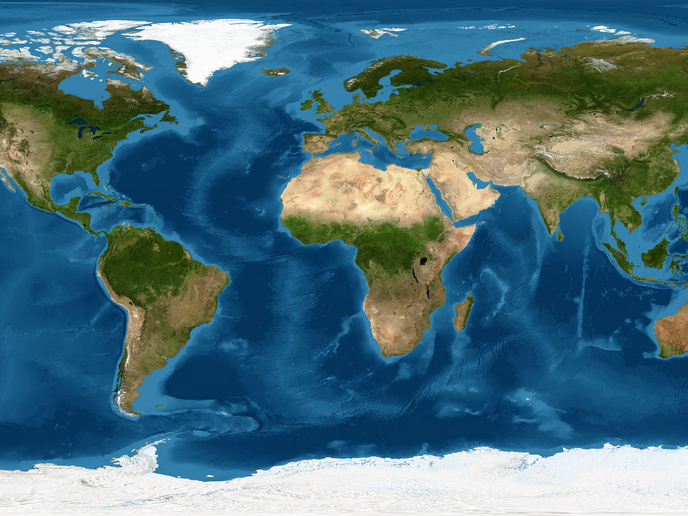From East-Asian monsoons to the jets on Jupiter, a new set of models helps interpret climate systems
Earth’s climate is very complex, and very complicated models have been developed to simulate it. However, these models can be as difficult to understand as the climate itself, so little is gained. On the other hand, very simple and understandable models may be unrealistic and not relevant to the real world. The solution to this is to build a hierarchy of models, from the simple to the complex. Using this hierarchy, the EU-supported AtmosOcean (Response of the Atmospheric and Oceanic Circulation to a Warming Climate) project has been able to gain a greater understanding of the climate system, and model it accurately. Their findings revealed that, as regards global warming, changes in the circulation of the atmosphere are much harder to predict than changes associated with temperature. As lead researcher Dr Geoffrey Vallis explains, “We know with great certainty that the planet will warm and that this will have consequences, such as polar ice-melt. What we don’t know is what the impact of this will be on regional climate and weather, as these are associated with changing circulation patterns.” The right tools for a vital job Developing the hierarchy of models was challenging on a variety of fronts. There were software challenges, as “building reliable, robust software is difficult and time-consuming,” says Dr Vallis. He adds that deciding how models of varying complexity fit together was highly challenging scientifically. On a day-to-day basis, the project also faced logistic and funding hurdles. “Funding agencies are reluctant to fund such an activity since the short-term payoff is not evident, however funding was necessary to hire the talented people to design the software and work out how everything fits together. We were very grateful for the support we got from the EU.” But the project overcame all these hurdles and Dr Vallis was able to hire some talented, young scientists who helped the project to build their novel model framework. “We have used this framework to understand features as diverse as the monsoons in East Asia and the jets on Jupiter!” Modelling for other planets “Our aim was to build a better understanding of Earth’s atmosphere and its circulation, how that circulation might change in the future with global warming, and what the relation of Earth’s circulation is to the circulation of other planetary atmospheres. I’m delighted we managed to achieve this,” says Dr Vallis. However, that was only stage one of AtmosOcean project. “We need to go much further in model development, and also apply tools we have built to new situations — to the climate of Earth’s distant past, and to the atmospheres of Venus, Jupiter and other planets,” he adds. AtmosOcean also had the collaborative aim of engaging other researchers in the field, such as those at the UK Meteorological Office in Exeter and institutions around Europe. This was necessary in order to understand diverse approaches to the problem, and to gain expertise from the best scientists in related fields. The network of experts developed over the life of the project will help to reveal more secrets of the complex mechanisms driving atmospheric dynamics.
Keywords
AtmosOcean, global warming, Earth’s atmosphere, ocean, climate change, climate change mitigation







